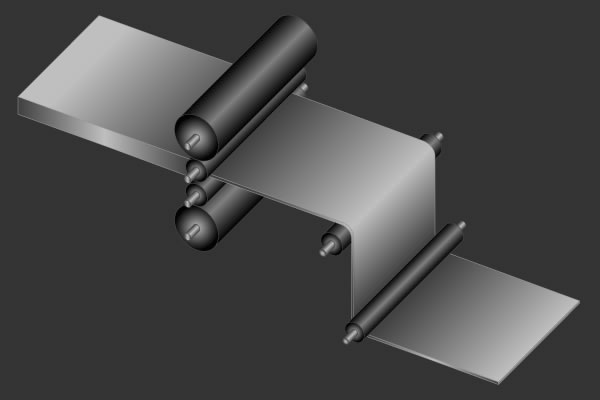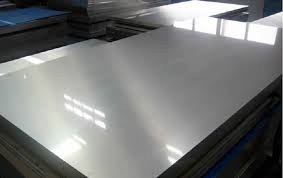Manganese Chemical Symbol “Mn” Atomic Number 25
Manganese is the 5th most occurring metal in the Earth’s crust. Its minerals are extensively widespread, with manganese dioxide i.e. pyrolusite and manganese carbonate i.e. rhodochrosite. The pyrolusite and rhodochrosite are the most common minerals. Manganese belongs to the group 7B and period 4 of the periodic table.
Occurrence: Manganese exists in nature, it is usually free but as a pure element it never occurs. It is always in combination with oxygen and other elements, Rhodochrosite Manganite, Psilomelane and pyrolusite are the common ores. Manganese ores production is famous in China, Brazil, Australia and South Africa. It also occurs in the ocean in the form of lumps called nodules. In the earth’s crust it is the 12th most existing element.
Alloying Behavior of Manganese: Manganese is a major alloying element. Now days different types of alloying agents are famous on the basis of Manganese which are copper manganese alloys, nickel manganese, ferro-manganese alloys and high manganese alloys. It is a very important alloying element.
Manganese is the most suitable agent for addition to copper alloys and is known as Copper-Manganese (CuMn) Master Alloy.
Manganese in small amount are very essential to remove and combine the oxygen and increase its potential of quality casting. In aluminum and antimony, the combining of manganese gives highly ferromagnetic elements.

Manganese ore, atomic number and chemical symbol
Moreover in steel, manganese increases the hardness, toughness, and strength and wear-tear resistance. It even enhances the rolling and forging ability. The main components for ferro-manganese alloys are Iron (Fe) and Manganese (Mn). In steel making around 80% of manganese is needed. The examples of ferromanganese alloys are Carbon ferromanganese, nitride ferromanganese and metallic ferromanganese. Some of the examples of steel alloys of manganese are P235GH steel, UNS S31600 and UNS S31254.
Physical Properties: It is a steel gray in color, hard, brittle and shiny metal. It cannot be bended or cut because it is too much brittle. Manganese melts at 2273F and boils at 3800F. Manganese in its natural occurrence has only one stable isotope.
Chemical Properties: It is an active metal however it reacts moderately. In air, it react with oxygen i.e. O2 and form Managanese dioxide i.e. MnO2. It gives white light when it burns. It usually act slow towards cold water but fast towards hot water. With the release of hydrogen it dissolves in many acids. To form MnF2 and MnCl2, manganese combines with fluorine and chlorine.
The pale pink form is the most stable state. When Manganese is dissolved in molten NaNO2 i.e. sodium nitrite, it is oxidized. The salts of manganese could be produced by dissolving all the Mn elements i.e. The other oxidation state is called Manganese acetate and they are very fast oxidizing agents. The components of solid manganese are of strong purple and red colour.







